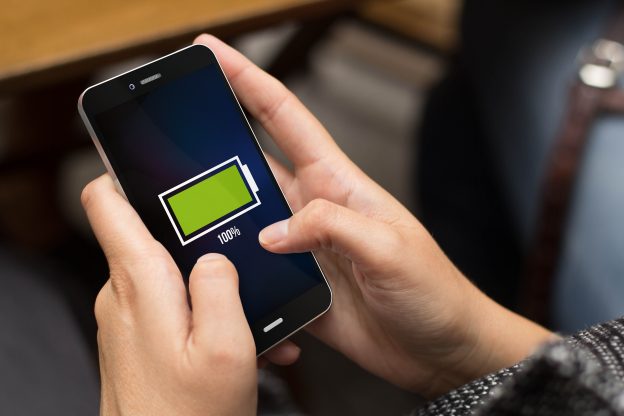
Floating offshore wind energy is regarded as the future of offshore wind energy, since the existing mainstream fixed-pile foundation has a water depth limit, and wind farms in shallow sea will be saturated in no time, which foresees the unavoidable development towards further offshore in the future. However, the cost of mainstream offshore wind turbines with fixed-pile foundation now possesses economic benefits, and is on par with fossil fuel power generation, thus floating offshore wind energy will have to achieve the same level of economic benefits, should it wish to take over. How will floating wind energy transcend from the obstinately high construction cost in offshore area?
UK-based Marine Power Systems, Denmark-based Floating Power Plant, and Norway-based Pelagic Power have unanimously proposed an idea: integrating all power generation technology together on a single foundation to counter the exorbitant cost of constructing a floating foundation. The most evident target of integration is the various ocean energy, including wave energy, tidal wave energy, tidal current energy, and ocean thermal energy conversion, with partial solar power combined as well.
The construction of a platform that allows multiple power generation methods to share an infrastructure will create relatively affordable construction cost after apportion, which is an intuitive idea since not only the anchored floating platform can be shared, but the power transmission lines can also be merged together. US offshore platform developer Excipio Energy has designed a floating platform that is equipped with a single unit of 10MW wind turbine, as well as established wave power generation, anchored power generation, and ocean thermal power generation, with an additional power generation capacity of 19MW. Ocean energy is predominantly in the preliminary phase, and the average cost of wave energy, tidal wave energy, tidal current energy, and ocean thermal energy conversion remains significantly high. Hence, the only solution in preventing the idea from dying on the vine is to get on board with the mainstream method, and share a floating platform with floating offshore wind turbines, making it the only hope in accelerated cost reduction for various ocean energy. Tidal current energy developer Simec Atlantis Energy believes that the new energy that has yet to achieve economies of scale during the preliminary phase must be innovative by seeking for different solutions in lowering cost, and the integration of infrastructures and other technology will provide substantial benefits to the development.
Weather-Dependent Wind Power Generation Replenished by Diversified Power Sources
In addition to the straight-forward mutual usage of infrastructures, the integration of ocean energy also offers another advantage, which is the replenishment on the weather-dependent wind power generation through diversified power sources. Offshore wind power, especially with floating offshore wind power that targets at further offshore areas, is not affected by the terrain and features of the land for its wind strength, and is not prone to the issue of instability like onshore wind power, thus is generally regarded as the “standard base load”, though it varies according to seasons and day/night. After pairing with ocean energy, a stable provision of power can be assured even during low wind seasons, and the overall capacity factor of the device will also be elevated, which makes capital investment relatively more cost-effective.
However, the installation of multiple different power generation methods on a single platform will obviously amplify the structural complexity of the entire system, and elevate unpredictable risks of system malfunctions. Furthermore, how low will the cost be reduced to by combining several power generation methods that are still relatively expensive right now? The apportion of infrastructures in order to reduce the cost to the level of economic benefits may be far from adequate.
Hence, another idea has emerged, which is the integration of two matured technology of wind power and solar power. Sinn Power, initially a wave energy developer, is now pondering on expanding the platform between the floating offshore wind turbines, and paving solar cells on the platform, with wave energy combined, though 80% of the power will come from solar power. The 5MW platform of Sinn Power contains a small wind turbine, solar cells, and wave power generation, and the average cost is expected to be at EU€0.06-0.12/KWh (equaling NTD$2.05-4.1).
Sinn Power commented that the current cost is impossible in comparing with that of the mainstream offshore wind power, though an economy of scale may be achieved in the future if modularization is realized. Apart from Sinn Power, Floating Power Plant is also testing a platform comprises of a 8MW wind turbine paired with 3.6MW wave power generation, and if the preliminary test conforms to the hypothesis on how a mutual use of infrastructures is able to reduce cost, the combination of floating offshore wind power and various ocean energy will become a common sight in the future. As perfect as the concept sounds, floating offshore wind power remains at the sprouting phase, and it will be a long journey before other ocean energies are assimilated.
(Cover photo source: Marine Power Systems)







